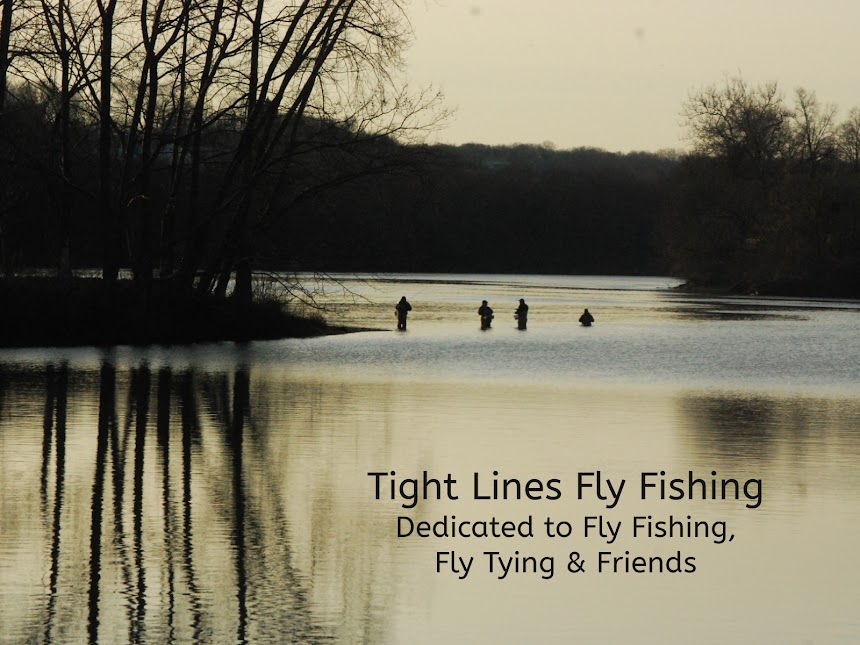Renegade
Hook: Standard Dry Fly Hook. Size #12 to #18.
Tying
thread: Cream or brown 8/0.
Tag: Gold Mylar Tinsel, extra-small.
Rear Hackle: Brown Hackle.
Front Hackle: Cream or White Hackle.
Body: Peacock Herl.
Head: Tying Thread.
It
is believed that this fly was invented in Wyoming by a man named Taylor
“Beartracks” Williams in the 1920’s. It
was also a favorite of Ernest Hemingway.
This was one of the first dry flies I attempted when I was first
learning to tie flies. Why this
fly? Well, I was an inexperienced tier. The Renegade had no wings so I thought it
would be an easier pattern to tie.
The
Renegade is a great classic fly. Many
fly fishers believe this fly doesn’t mimic anything on the water. Some believe it represents midges
mating. Others maintain that it
represents aquatic “snails”, of all things.
I only know it catches a lot of fish!
The
Renegade has two hackles so it floats very well and is visible in many lighting
conditions. Now I’m going to tell you
about a little secret on how to fish this fly.
At the end of your “dry fly drift” don’t pick it up. Drag the fly under the water and give it a
few short strips. You can also sink it
early on in your drift and fish it like a wet fly. I’ve had great luck with both these fishing
techniques.
Begin
by wrapping your thread from behind the eye to slightly beyond the bend of the
hook. Tie in your Mylar Gold
Tinsel. Wrap it approximately ¼ down the
bend and back. Now tie it off. Next you’re going to tie in your rear Brown
Hackle. Make about 4-5 tight wraps in
front of the gold tag. Tie off and cut
off the tag end of your hackle. Now it’s
time to tie in the peacock body. Tie in
a couple strands of Peacock Herl. Before
I wrap it forward I twist it around my tying thread to create better
durability. Now wrap it forward. Make sure you leave enough room behind the
eye to tie in and wrap your Cream/White Hackle.
Tie in your front hackle. Again
4-5 tight wraps. Tie it off and cut off
the tag end. Create a head with thread
wraps.
Tim
Flagler of Tightline Productions has a great instructional video on how to tie
this Bivisible below:
If
you have any questions about this fly or would like to submit a Fly of the
Month I can be reached at 203 305-3850 or at pdinice@frontier.com .












